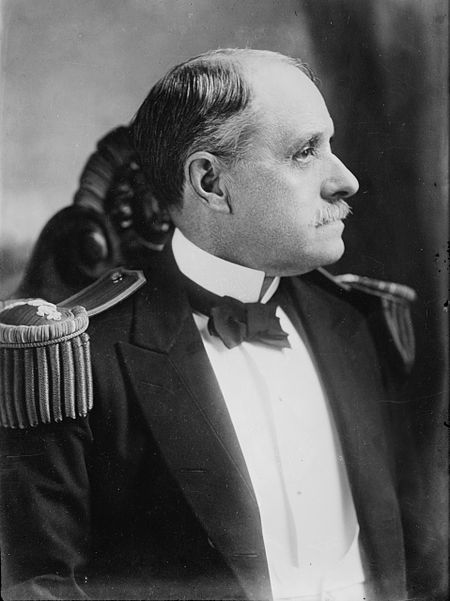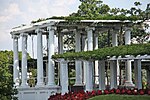Charles Stillman Sperry

Rear Admiral Charles Stillman Sperry (September 3, 1847 – February 1, 1911) was an officer in the United States Navy. Born in Brooklyn, New York, Sperry graduated from the Naval Academy in 1866. In November 1898, he became commanding officer of USS Yorktown (PG-1) and later served as senior officer of the Southern Squadron on the Asiatic Station and as President of the Naval War College. As a rear admiral, he served in the United States delegation to the Geneva Convention and the Second Hague Conference, and as Commander in Chief, Battle Fleet, he led the Great White Fleet during the major portion of its historic cruise around the world in 1908 and 1909. Sperry retired September 3, 1909, but subsequently was recalled to active duty for special service. He died February 1, 1911, in Washington, D.C. The destroyer USS Charles S. Sperry (DD-697) was named for him.
Excerpt from the Wikipedia article Charles Stillman Sperry (License: CC BY-SA 3.0, Authors, Images).Charles Stillman Sperry
Sheridan Drive, Arlington Courthouse
Geographical coordinates (GPS) Address Nearby Places Show on map
Geographical coordinates (GPS)
| Latitude | Longitude |
|---|---|
| N 38.8801 ° | E -77.072 ° |
Address
Sheridan Drive
Sheridan Drive
22211 Arlington, Courthouse
Virginia, United States
Open on Google Maps










